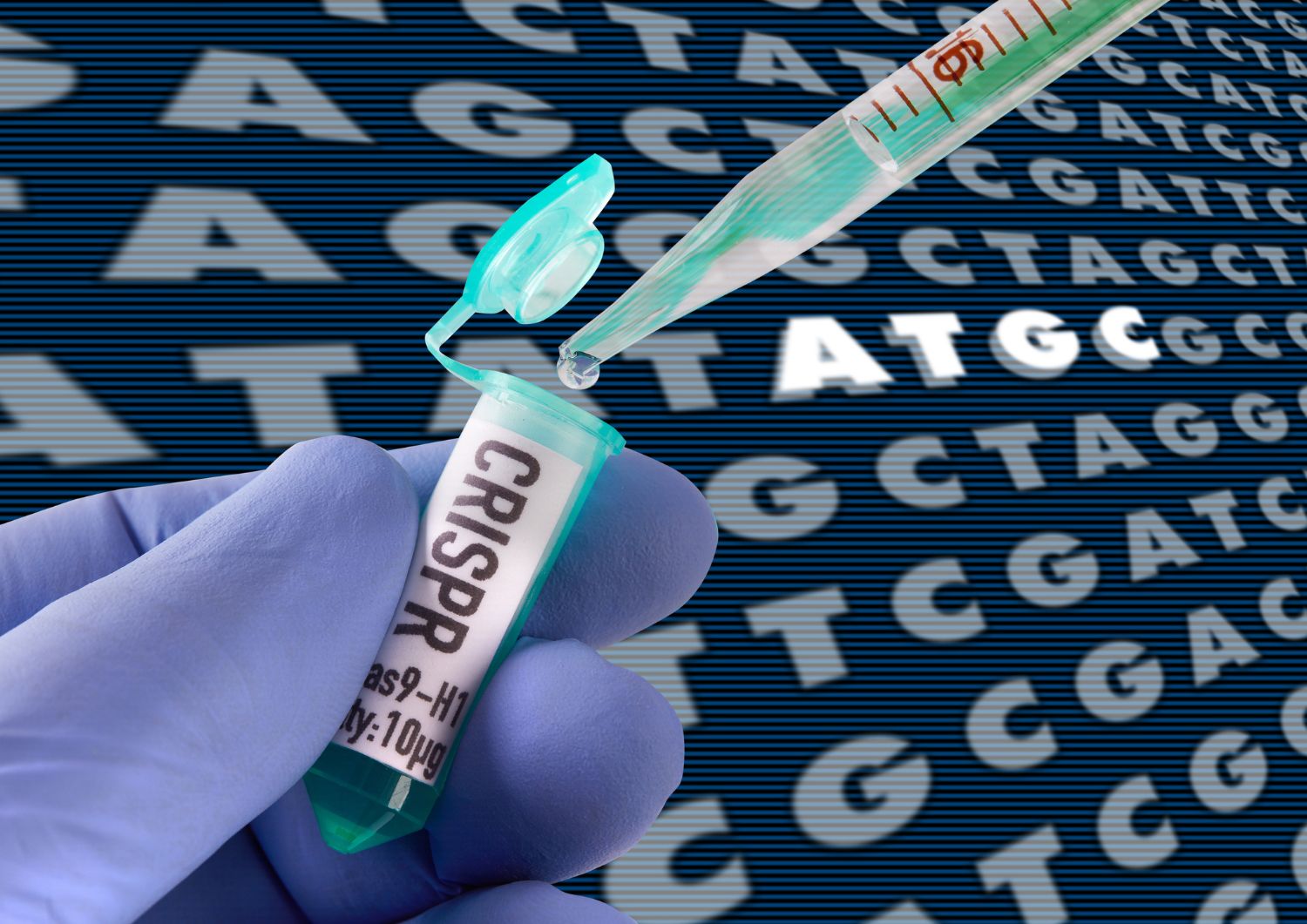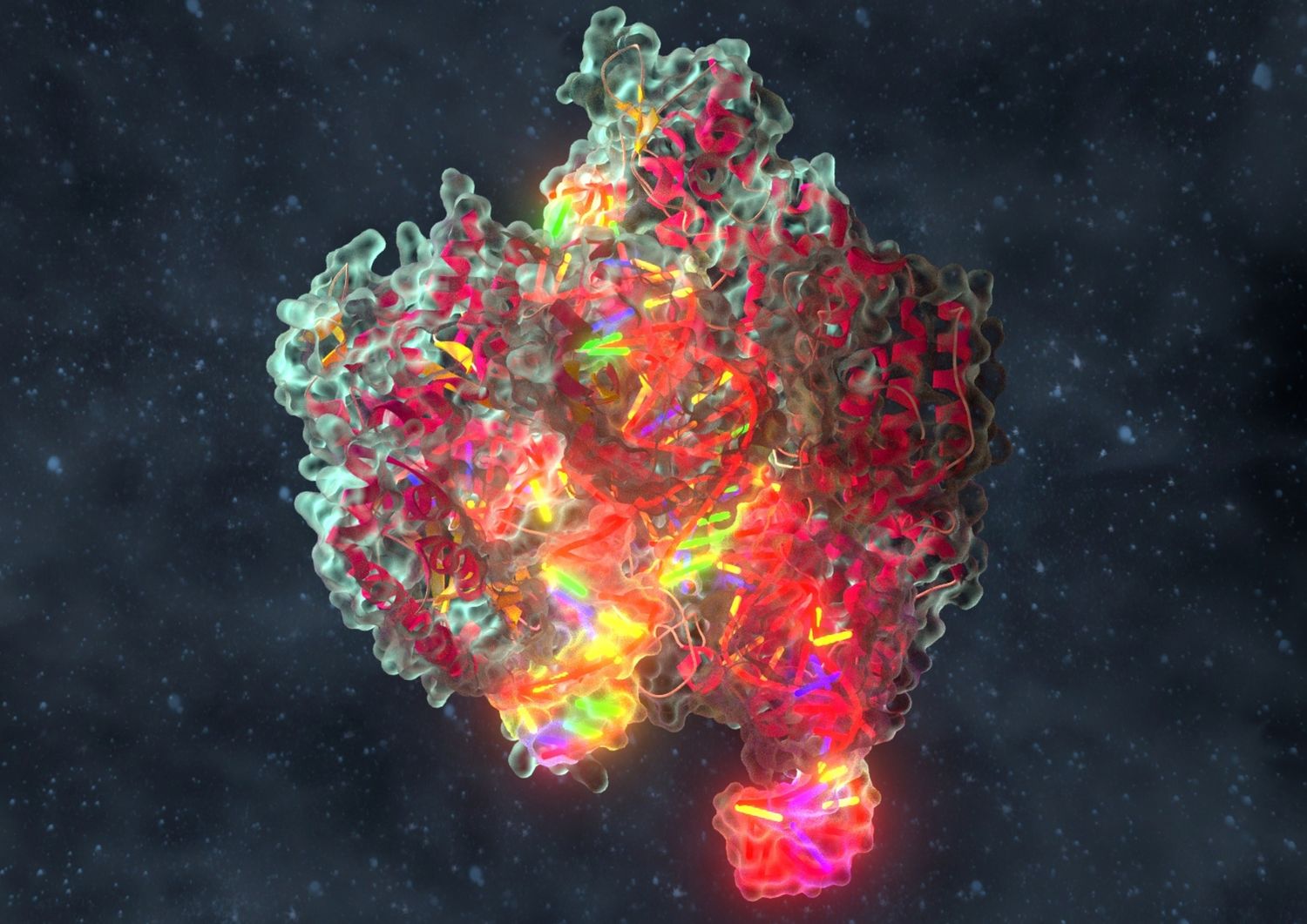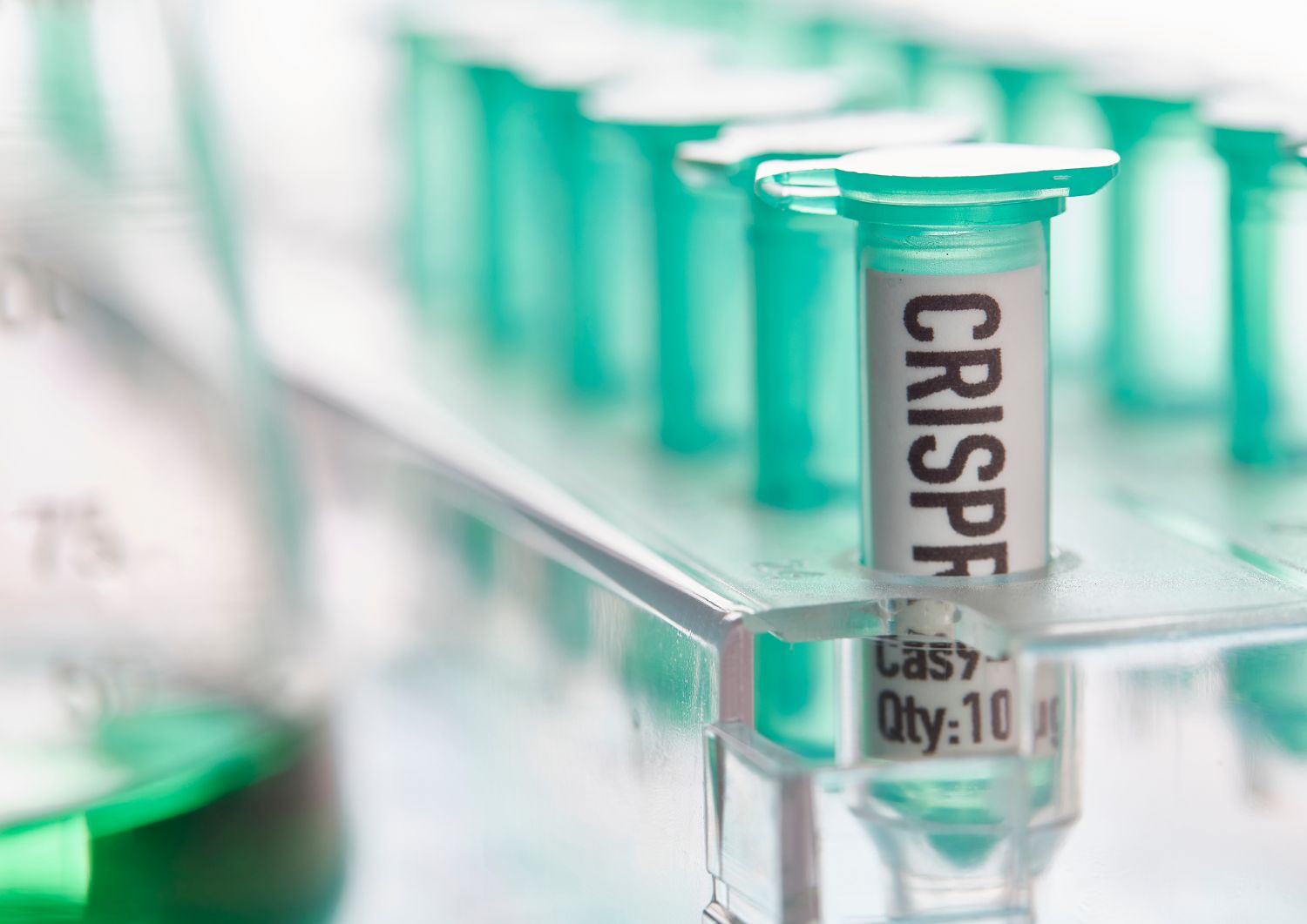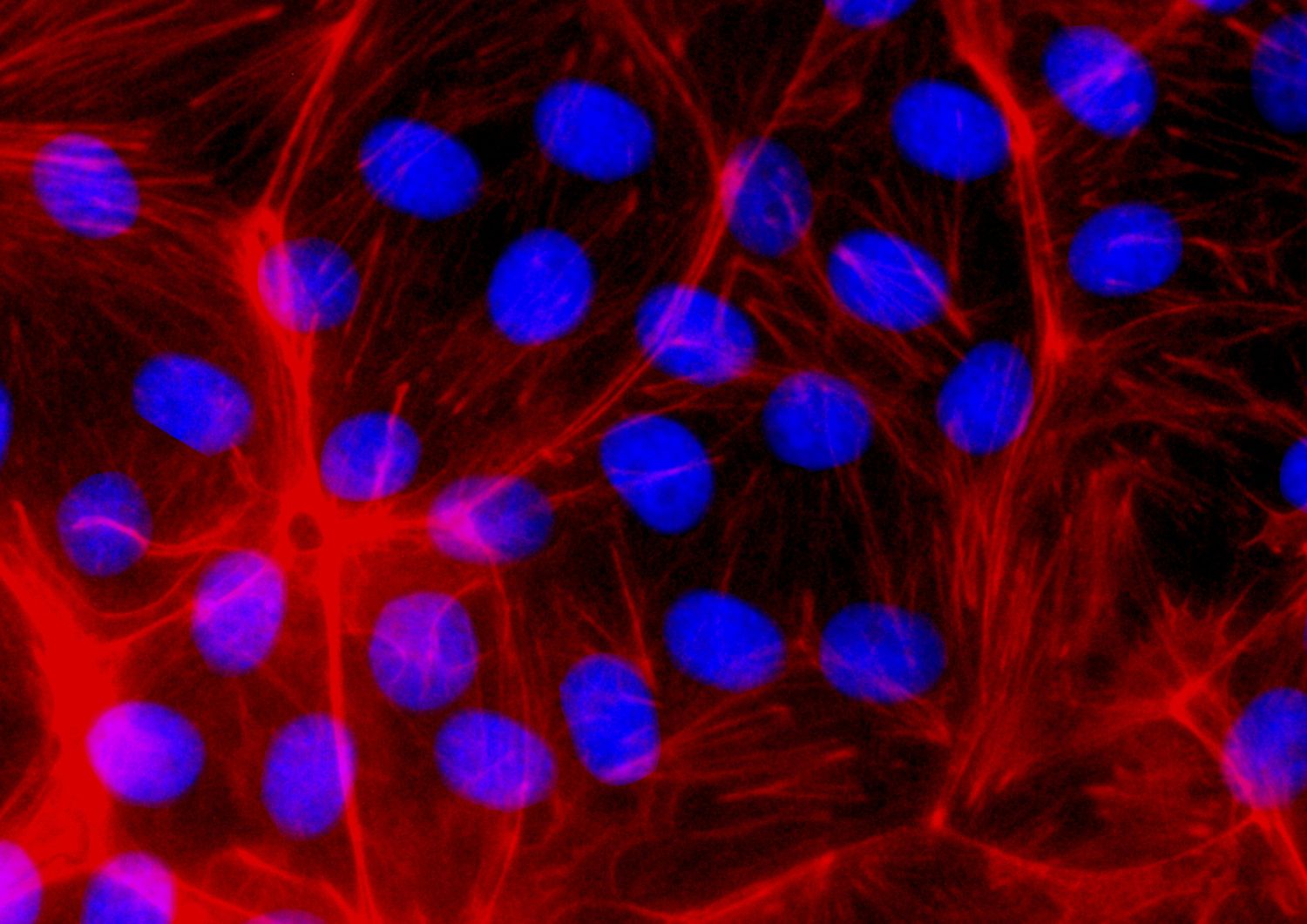Imagine a world where cannabis plants are tailored to produce higher yields, resist diseases, or deliver specific effects with pinpoint accuracy. That’s the promise of CRISPR, a gene-editing technology reshaping industries, including cannabis. CRISPR and cannabis are converging to revolutionize cultivation, strain development, and product innovation. I’ve explored the science, applications, and implications of this cutting-edge tech, blending insights from sources like the Alliance for Science with practical takeaways.
What is CRISPR and Why It Matters for Cannabis
CRISPR, or Clustered Regularly Interspaced Short Palindromic Repeats, is a precise gene-editing tool that acts like molecular scissors, allowing scientists to tweak DNA with unprecedented accuracy. In the context of CRISPR and cannabis, it’s a game-changer for modifying plant traits, from THC levels to pest resistance. A PMC study explains that CRISPR can target specific genes faster and cheaper than traditional breeding.
For growers sourcing from Top Shelf BC, CRISPR and cannabis mean access to strains optimized for potency or climate adaptability. This technology isn’t just lab talk—it’s already shaping the buds you buy, like those in Top Shelf BC’s flower collection. The potential is massive, but it’s grounded in real-world applications we’re seeing today.
CRISPR’s precision sets it apart, offering a future where cannabis is tailored to meet diverse needs, from medical to recreational. It’s exciting, but it comes with questions we’ll explore.
Enhancing Cannabinoid Profiles with CRISPR
One of the most exciting aspects of CRISPR and cannabis is its ability to fine-tune cannabinoid production. Scientists can edit genes to boost THC, CBD, or minor cannabinoids like CBG, creating strains with specific therapeutic or recreational effects. ScienceDirect notes that CRISPR can increase cannabinoid yields by up to 20%, a boon for producers.
For consumers, this means products like Top Shelf BC’s tinctures could offer precise ratios tailored to pain relief or relaxation. CRISPR and cannabis are paving the way for personalized cannabis experiences where your bud matches your exact needs.
Growers benefit, too, as higher cannabinoid content translates to premium pricing. But it’s not just about potency—CRISPR ensures consistency, making every harvest predictable and high-quality.
Boosting Yield and Resilience
CRISPR and cannabis are transforming cultivation by enhancing plant resilience and yield. By editing genes for drought tolerance or pest resistance, CRISPR creates hardier plants that thrive in harsh conditions. The PMC study highlights how CRISPR can reduce crop losses by up to 30% by targeting disease-prone traits.
For growers using Top Shelf BC, this means more pre-rolls from fewer resources. CRISPR and cannabis also boost flower production, maximizing output per square foot, which is critical for commercial operations.
This resilience isn’t just about profit—it’s about sustainability. Stronger plants need less water and pesticides, aligning with eco-conscious trends in cannabis farming.
Developing Disease-Resistant Strains
Disease can devastate cannabis crops, but CRISPR and cannabis are tackling this head-on. CRISPR creates strains that fend off threats like powdery mildew by editing genes linked to fungal or bacterial susceptibility. Alliance for Science notes that gene-edited crops, including cannabis, reduce reliance on chemical treatments.
Growers sourcing from Top Shelf BC can expect cleaner, healthier buds, like those in their concentrates. In this context, CRISPR and cannabis mean fewer losses and safer products for consumers.
Disease-resistant strains are a lifeline for small-scale farmers, cutting costs and labour. They’re a practical leap forward, grounded in science.
Benefits of CRISPR for Cannabis Cultivation
CRISPR and cannabis offer growers a range of advantages:
- Higher Yields: Gene edits boost flower production and cannabinoid content.
- Disease Resistance: Edited strains fend off pests and pathogens, per PMC.
- Sustainability: Resilient plants use fewer resources, aligning with green practices.
These benefits, available through suppliers like Top Shelf BC, make CRISPR a must-have for modern cultivation.
Ethical Concerns Surrounding Gene Editing
CRISPR and cannabis aren’t without controversy. Ethical questions arise about “playing God” with plant genetics, with some fearing unintended ecological impacts. ScienceDirect cautions that off-target edits could create unforeseen traits, though rigorous testing minimizes risks.
Consumers buying from Top Shelf BC may wonder about the long-term safety of gene-edited buds. CRISPR and cannabis spark debates about transparency—should products disclose CRISPR use? Public perception varies, with some embracing innovation and others wary of “unnatural” plants.
These concerns demand open dialogue. Industry leaders must educate consumers to build trust in CRISPR’s potential.
Regulatory Challenges for CRISPR Cannabis
Regulations are a hurdle for CRISPR and cannabis. In Canada, gene-edited crops face strict oversight, while the U.S. is more lenient, per the Alliance for Science. This patchwork creates uncertainty for growers scaling CRISPR strains.
Suppliers like Top Shelf BC must navigate compliance to offer vapes from edited plants. CRISPR and cannabis face labelling debates—some markets require “GMO” tags, which could deter buyers despite CRISPR’s precision.
Navigating this landscape requires agility, but clearer global standards could unlock CRISPR’s full potential.
CRISPR vs. Traditional Breeding Methods
CRISPR and cannabis outshine traditional breeding in speed and accuracy. While crossbreeding takes years to stabilize traits, CRISPR edits genes in months, per PMC. This means faster access to strains like those at Top Shelf BC.
Traditional methods rely on chance, while CRISPR targets specific genes, ensuring desired outcomes. CRISPR and cannabis also avoid the genetic “baggage” of crossbreeding, creating cleaner, more predictable plants.
Still, some growers value traditional methods for their heritage. CRISPR complements, not replaces, these practices, offering options for all.
Consumer Impacts of CRISPR-Edited Cannabis
CRISPR and cannabis are reshaping what you buy. Edited strains offer consistent potency, unique flavours, or tailored effects, enhancing products like Top Shelf BC’s edibles. ScienceDirect predicts consumers will see more specialized cannabis, from high-CBN sleep aids to THCV energy boosts.
CRISPR and cannabis also mean better value—higher yields and lower costs, passing savings to buyers. However, education is key; consumers must understand why these buds differ.
CRISPR for Medical Cannabis Innovation
Medical cannabis is a prime beneficiary of CRISPR and cannabis. By boosting specific cannabinoids, CRISPR creates strains for conditions like epilepsy or chronic pain, per PMC. Top Shelf BC’s CBD products could soon feature CRISPR-enhanced ratios.
CRISPR and cannabis also enable low-THC, high-CBD strains for patients to avoid psychoactivity. This precision opens doors for doctors to prescribe cannabis with confidence.
Environmental Benefits of CRISPR Cannabis
CRISPR and cannabis promote sustainability. According to the Alliance for Science, genetically edited plants need less water, pesticides, and land, reducing environmental strain. Growers using Top Shelf BC can produce more with less, aligning with eco-trends.
CRISPR and cannabis also combat climate challenges, creating strains for hotter, drier conditions. This resilience ensures stable supplies for consumers.
Challenges in Scaling CRISPR Technology
Scaling CRISPR and cannabis faces hurdles—high costs for lab equipment and expertise limit access for small growers, per ScienceDirect. Top Shelf BC partners with innovators to offer edited strains, but widespread adoption is slow.
CRISPR and cannabis also require regulatory approval, delaying market entry. Investment and education will drive broader use.
Future Applications of CRISPR in Cannabis
The future of CRISPR and cannabis is thrilling. Expect strains with enhanced terpenes, ultra-fast growth, or even built-in pest repellents, per PMC. Top Shelf BC could stock buds tailored to your DNA.
CRISPR and cannabis might also integrate with AI for real-time genetic tweaks, revolutionizing cultivation. The possibilities are endless, promising a bold new era.
Final Thoughts on CRISPR and Cannabis
CRISPR and cannabis are rewriting the industry’s playbook, from potent, resilient strains to sustainable farming. With benefits for growers, consumers, and the planet, this tech is a catalyst for innovation. Explore quality products at Top Shelf BC, stay curious, and embrace the gene-edited future of cannabis. It’s a green revolution, and it’s just getting started.





